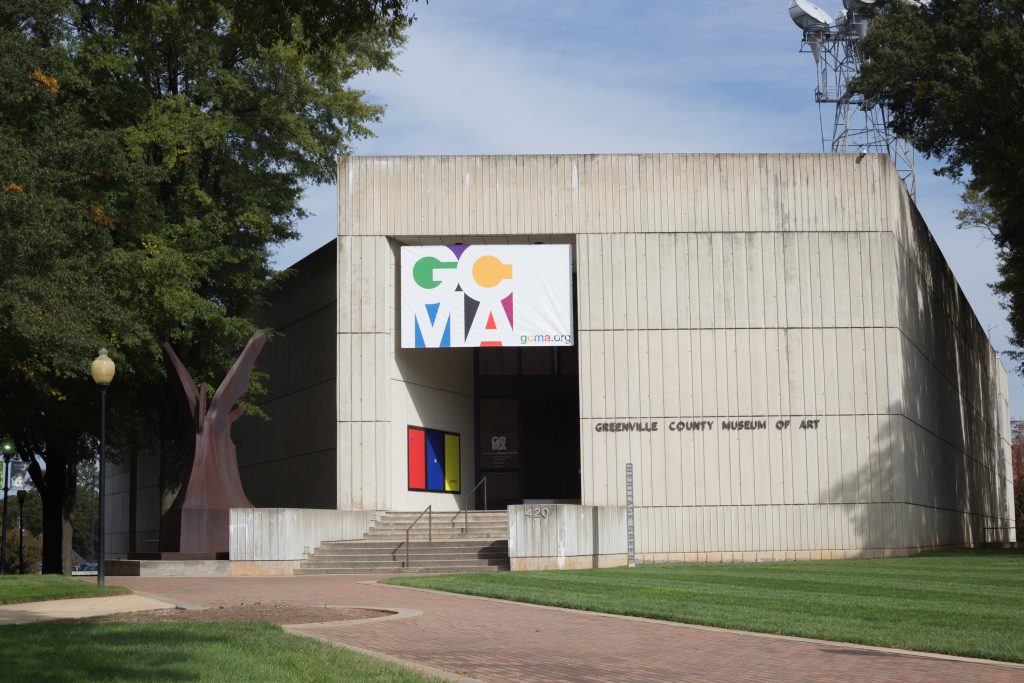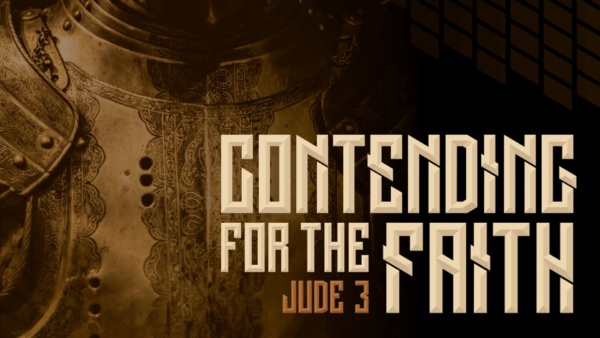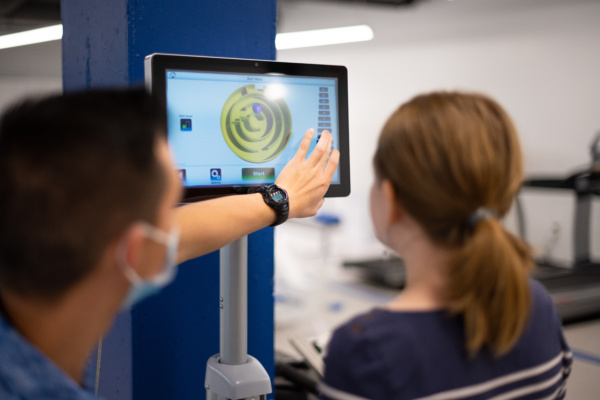When M&G decided to close its downtown art museum, we discovered at the same time that the campus museum building also needed some attention. We thought it was best to close both the downtown and the on-campus buildings to unify the collection and deal with the problems we were facing at one time.
Just prior to the public announcement, I called the five institutional directors at Heritage Green—the Upcountry History Museum, the Greenville Public Library, the Greenville Little Theatre, the Children’s Museum of the Upstate and the Greenville County Museum of Art—to let them know what was taking place, that we were closing both our downtown and campus locations.
Loaning the Artwork
The conversation with each of the directors was good, particularly with Tom Styron of the Greenville County Museum of Art (GCMA). He had some good questions and understood the difficulty we were facing of figuring out the process of storing and loaning our paintings.
At the time, I mentioned our interest in a possible partnership to loan some works, knowing that GCMA has an exhibition schedule that presses out into the future. I left it with him to determine if GCMA would be able and interested to exhibit any of our collection, but certainly underscored our interest to loan so the community could still enjoy some of the Collection.
Tom was very gracious. He said that he would think about M&G’s offer and see what might be possible. I left the prospect alone for a while because we had plenty to do to close both buildings—cleaning out Heritage Green , bringing things back to our on-campus building, and cleaning out our storage spaces. Of course, we also spent a lot of time determining where to loan the paintings, where to relocate objects around the campus, and logistics for removal and storage.
Early this year, Tom Styron reached out to me and asked if it would be possible for M&G to loan some works to GCMA. He outlined a few things, and we ended up meeting at the museum to see the space, which was really exciting. There was talk about opening up a little earlier in the year. I can’t remember if it was April or May.
But opening the exhibition in June worked better because the GCMA staff needed to move an exhibit from the gallery space where our Old Masters would be installed. They were also reopening some other galleries and reinstalling more of their permanent collection.
Selecting the Artwork
This was an exciting project! Tom Styron told me, “You know, we want to see some of your best paintings, and it needs to be a strong exhibit, Erin.” So I took that as a challenge to create a sampling of the Old Master paintings that are in our collection—choosing an example from each of the artistic eras that our collection represents.
With the measurements from GCMA for their gallery space, I found we were limited by the ceiling height. A number of our paintings range from nine to fifteen feet tall or wide, so that already determined we would need to loan smaller works, but still have a good representation of our collection.
The exhibition covers works from the Gothic and Renaissance periods. Then we have works from the Baroque period. Of course, this period is very well represented because that’s what we’re best known for. I’d also hoped we could get a little bit of our early nineteenth century artwork in the exhibition, but there just wasn’t enough space left in the gallery. At least we cover one of our niche strengths, the tondo paintings. The exhibit includes works by strong, big names like Peter Paul Rubens and Anthony van Dyck. Andwe also have works by lesser-known artists like Marco d’Oggiono, a student of Leonardo da Vinci.
Installing the Artwork
After settling the checklist, my staff and I reviewed it to ensure that each of the paintings was ready to go. I think I initially had about thirty paintings on the list. But as we worked alongside GCMA, we started narrowing the checklist.
And we had to scale back. The linear wall feet and the distance between the paintings would determine if all of the paintings would fit in the gallery or not.
We even scaled back a little bit as the staff was installing because the art was too densely hung. But it turned out really well, and it’s a beautiful exhibit. I was glad that the GCMA staff were willing to even paint some walls so that the paintings wouldn’t have a completely neutral background—color allows the Old Master paintings to communicate and stand out more.
Our registrar, Barb Sicko, and our security staff/art handlers, Jim Jackson and John Good, helped with the installation. But Chesnee Klein, Jay Owens and Alexia Timberlake Boyd from the GCMA staff installed the exhibit in the museum.
Moving the Artwork
Because these paintings are four hundred to six hundred years old and are fragile, we need to pay attention to their needs—particularly in how they are transported. We had a number of crates that we’ve used in the past for various things. Some were specific to the works of art we were moving, while others could be retrofitted to work for the other.
Our staff prepared the paintings and packed most of them—a few of the larger works we had Jay and Alexia to help us pack. GCMA contracted for Smith Dray Line to help move and transport the works, of course along with the county’s fine art handlers and our staff.
Even with all our handling carefulness and troubleshooting, complications will happen. For some reason, in the travel just across town, at least two of our panel paintings shifted a little in their frames. We asked our conservator colleague (and friend), Bill Brown, from the North Carolina Museum of Art come down to look at these works.
He took the morning to readjust the paintings. And now they’re stable within their frames and looking good. You wouldn’t know which works they were.
The moving process went really well, and the paintings are safely and beautifully installed downtown. I’m grateful for our partnership with GCMA—their generosity to give us an opportunity to share some of our works with the community in their museum. And we hope it will make more people aware of the great collections our two institutions have.
The GCMA will display M&G’s exhibition from June 13–December 30, 2018. M&G director Erin Jones will give free, guided tours Sunday, August 26 and Sunday, December 9 at 2 p.m. M&G director of education Donnalynn Hess will give a free, guided tour Thursday, September 20 at 11 a.m. Tour groups may be scheduled by appointment; contact the Greenville County Museum of Art.
As told to Gerson Petit.








